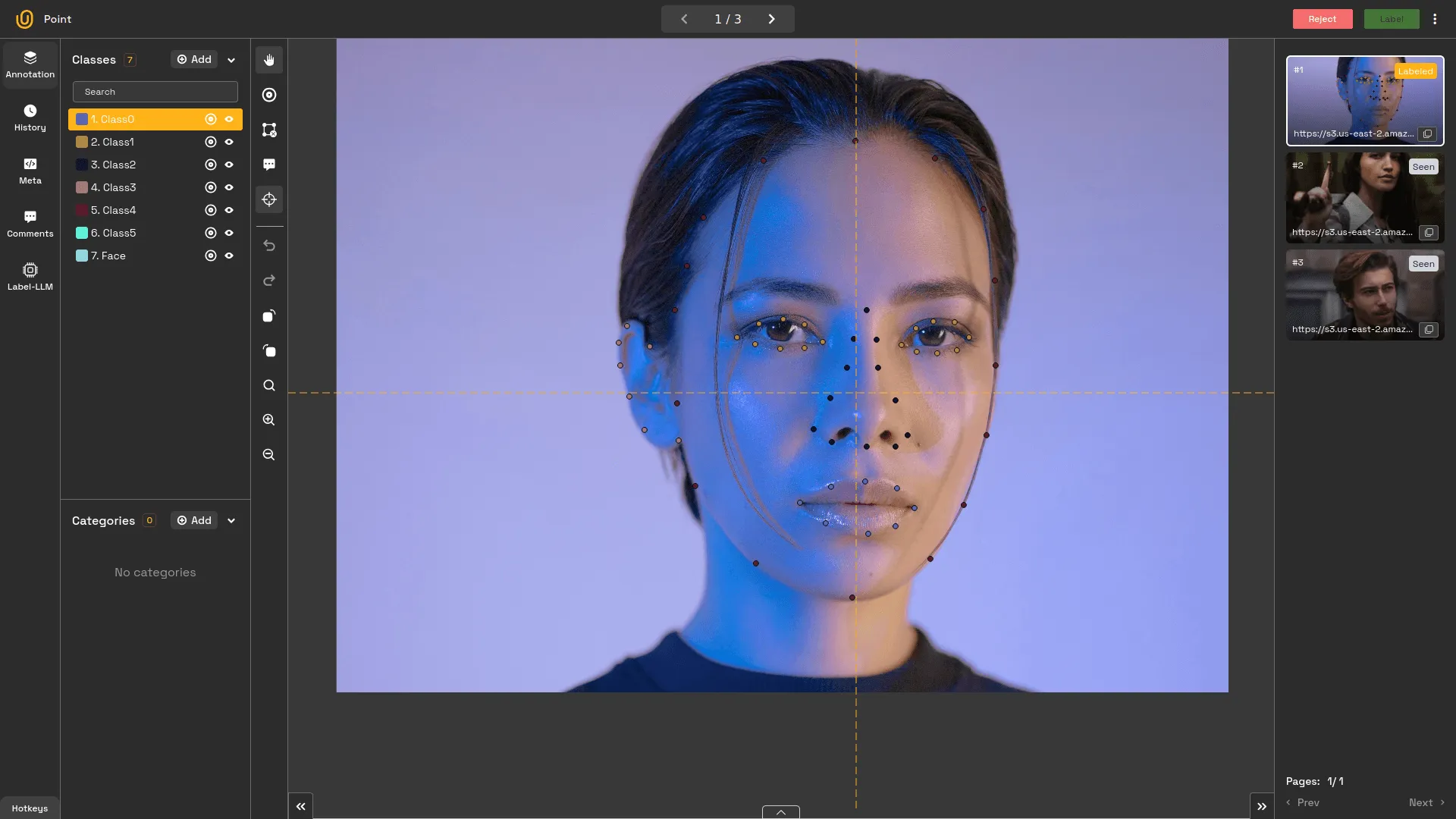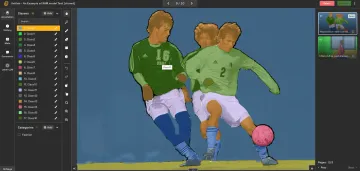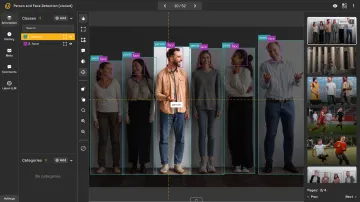In computer vision, image and data annotation are essential for training machine learning models. High-quality image annotation enables applications in fields ranging from healthcare to autonomous vehicles. With numerous tools available, selecting the right image annotation platform can be challenging, especially with so many new platforms emerging, each claiming to surpass the others in features, performance, or accuracy.
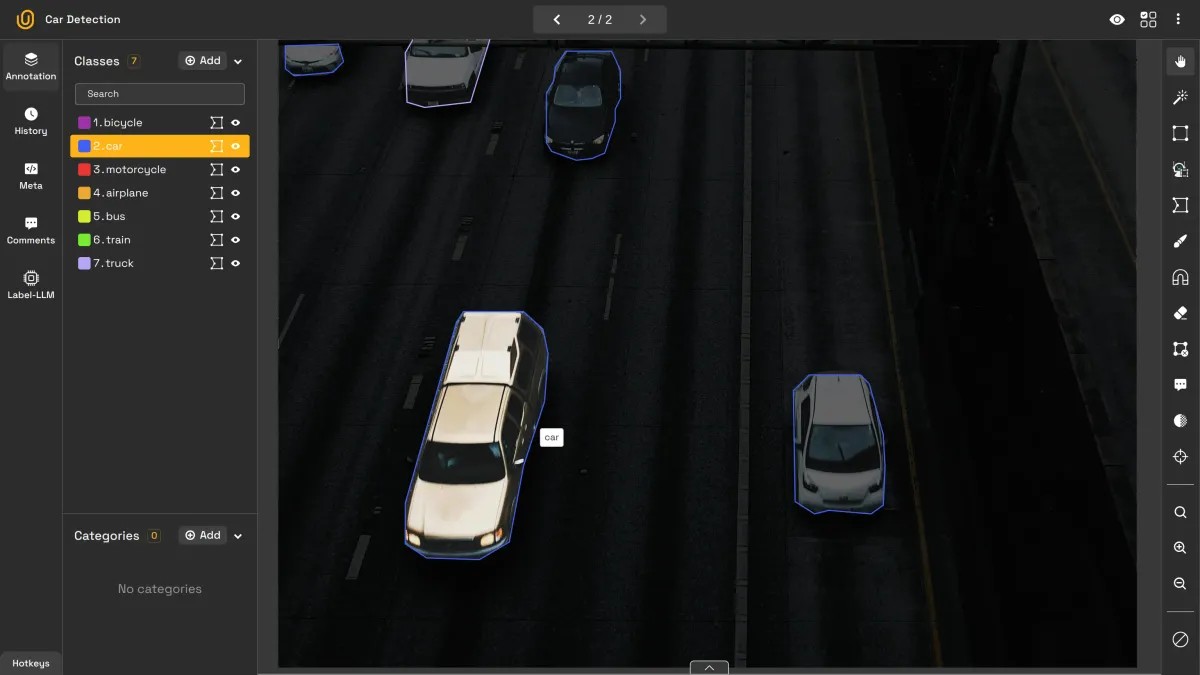
Image Annotation Types | Unitlab Annotate
Your choice of a data annotation tool for your computer vision projects significantly influences the outcome. The efficiency and productivity offered by your chosen data annotation tool directly affect the speed at which you can achieve your ultimate objective: developing a robust and reliable computer vision model.
Two popular tools, Unitlab Annotate and Roboflow Annotate, stand out for their capabilities and features. In this article, we’ll delve into what each platform offers, and help you determine which one is best suited for your image annotation needs.
Here is the infographic to quickly compare both platforms:
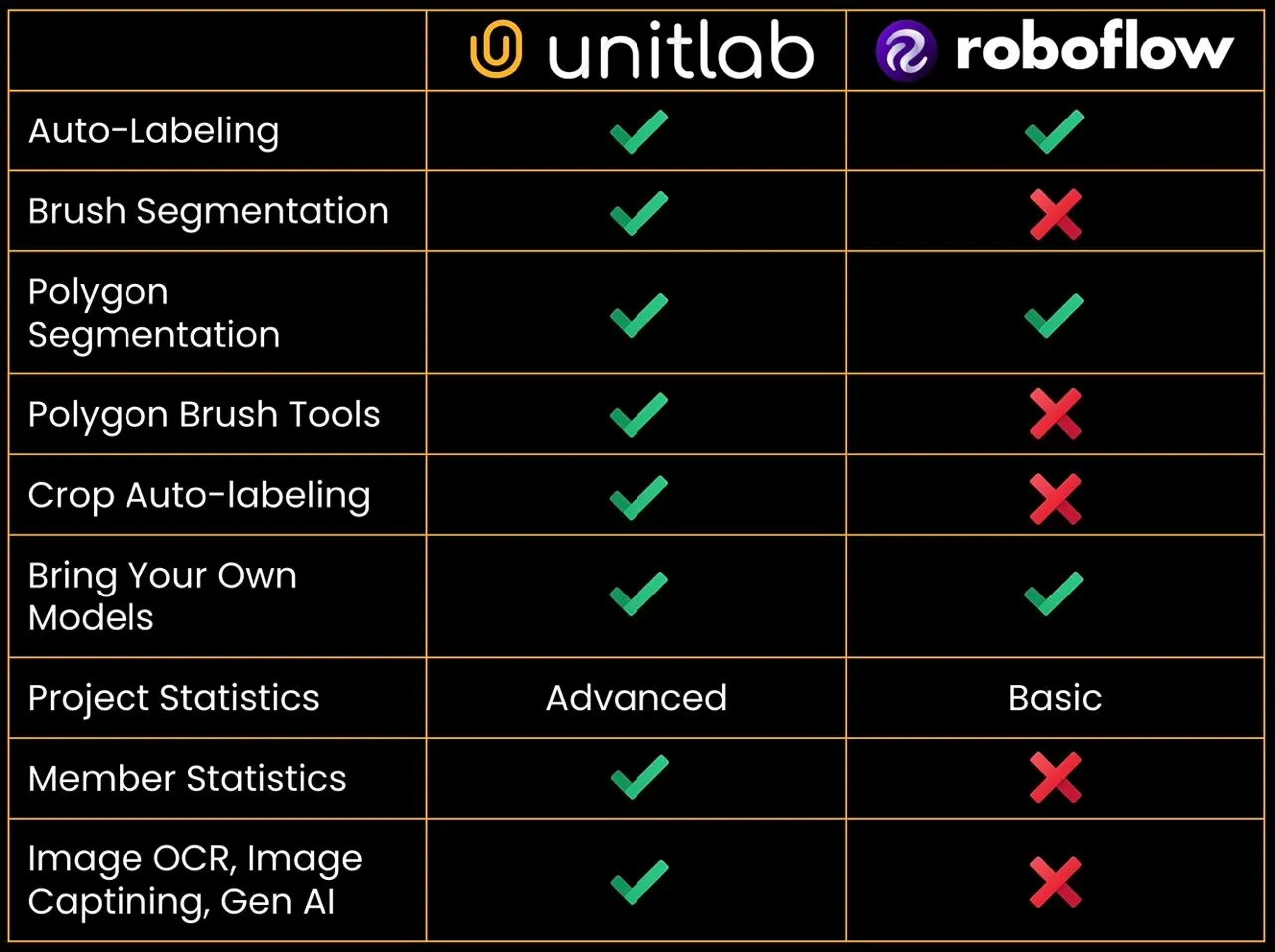
Unitlab
Unitlab Annotate is an all-in-one data annotation and image annotation platform designed to simplify the labeling process. Known for its robust feature set, Unitlab Annotate supports both basic and advanced image annotation tasks, including AI-assisted labeling and batch-auto labeling for complex projects. With affordable pricing that starts at just $0.02 per image, Unitlab Annotate is a cost-effective choice for businesses of all sizes.
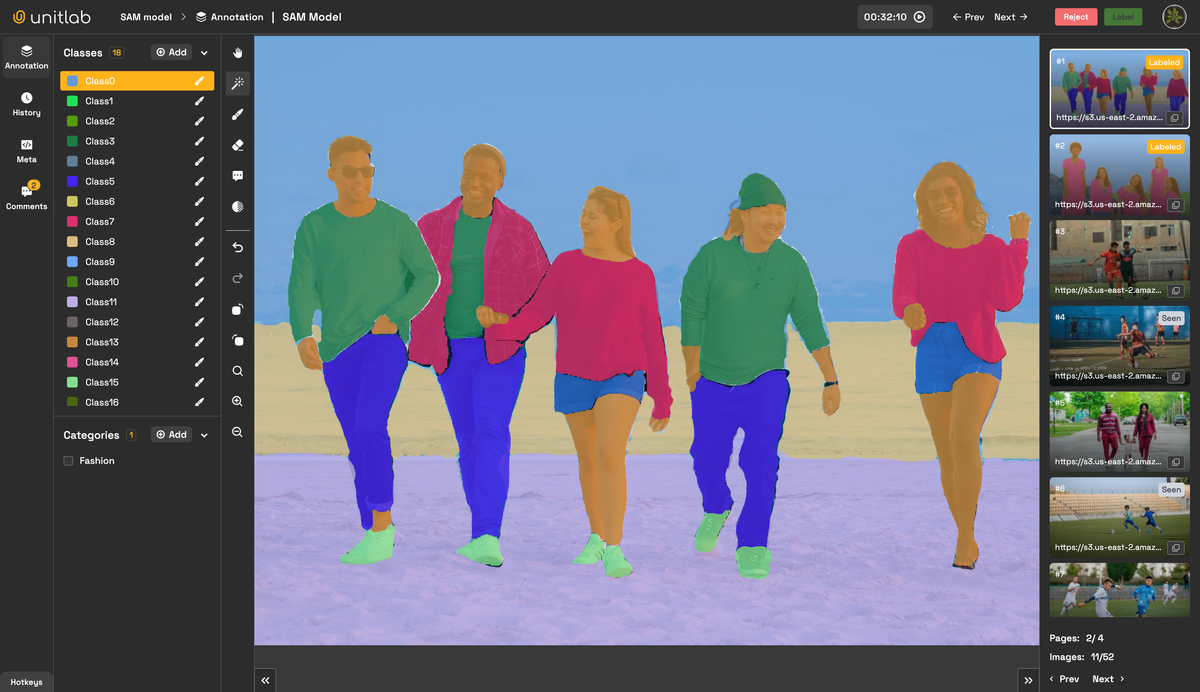
Unitlab Annotate
Dynamic User Interface | Unitlab Annotate
Advantages
- AI-Assisted Labeling: automates repetitive labeling tasks, making data annotation faster and more accurate.
- Batch and Crop Auto-Labeling: automate parts of the image annotation process, saving time on large datasets.
- Brush Segmentation: "paint" over regions in the image to create a segmentation mask.
- Polygon Brush Segmentation: "paint" over regions in the image and automatically convert them into polygons.
- Polygon Magnet Tool: automatically detect edges and follow them closely.
- Image OCR, Image Captioning, and GenAI: use AI to speed up the data annotation process.
- Intuitive, dynamic user interface: easy-to-use, user-friendly platform that data annotators can customize for themselves.
- Cost-Effectiveness: Unitlab offers a free tier with up to 10,000 images per month, making it a cost-effective option for individuals, teams, and start-ups.

Features | Unitlab Annotate
- $0 in the Free plan (forever), $99 in the Active plan, $195 in the Pro plan.
- Unlimited projects, unlimited workspaces
- 10K images / per month
Roboflow
Roboflow Annotate is another popular tool in the image annotation and data annotation space. Although it doesn’t offer as many advanced features as Unitlab Annotate, it remains a reliable and easy-to-use option, especially for small teams or beginners looking to get started with image annotation.
Advantages
- Basic Annotation Tools: essential image annotation tools that are sufficient for straightforward image labeling tasks.
- Pre-Labeled Datasets: Roboflow offers access to pre-labeled datasets, which can be beneficial for teams aiming to save time on data collection and image annotation.
Disadvantages
- Limited Advanced Features: Unlike Unitlab Annotate, Roboflow Annotate does not provide features such as batch auto-labeling and crop auto-labeling.
- Limited Statistics: Roboflow Annotate has basic project statistics and does not include member statisitcs.
- High Costs: the Starter plan starts at $249/month, compared to $89/month for Unitlab
- No On-premises Solution: Roboflow doesn’t offer an on-premises solution to be used by organizations.
Conclusion
When comparing Unitlab Annotate with Roboflow Annotate, it’s clear that the former is the more feature-rich option, supporting advanced functionalities like AI-assisted labeling, batch processing, and others. These features make Unitlab Annotate ideal for larger projects and complex data annotation tasks.
Both Unitlab Annotate and Roboflow Annotate provide valuable tools for image annotation and data annotation, but they cater to different user needs. Unitlab Annotate is an excellent choice for teams that need a scalable, feature-rich platform with advanced options for complex projects. It is especially suited for teams handling large datasets or collaborating on high-demand computer vision projects.

